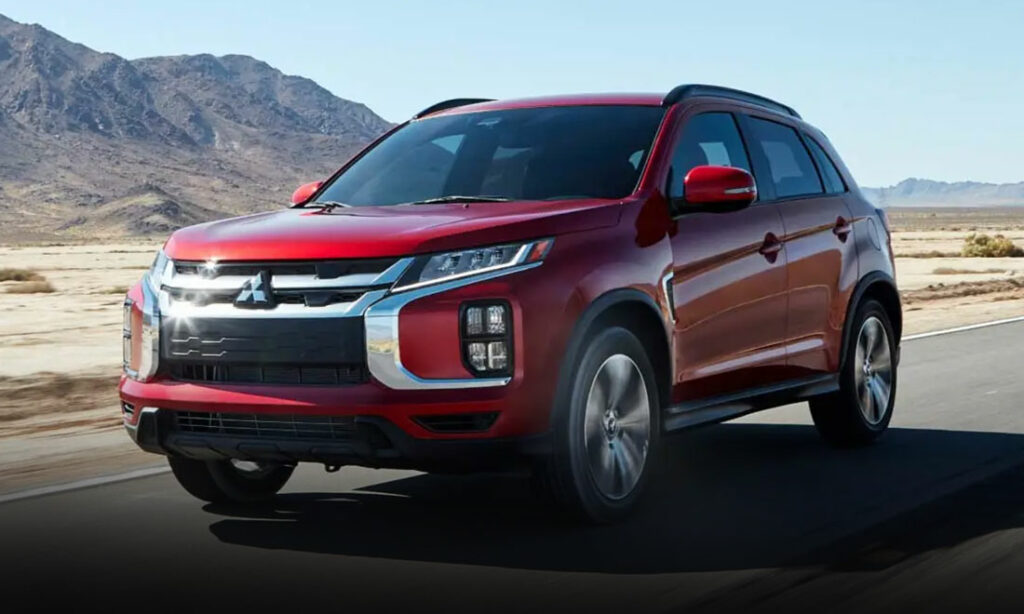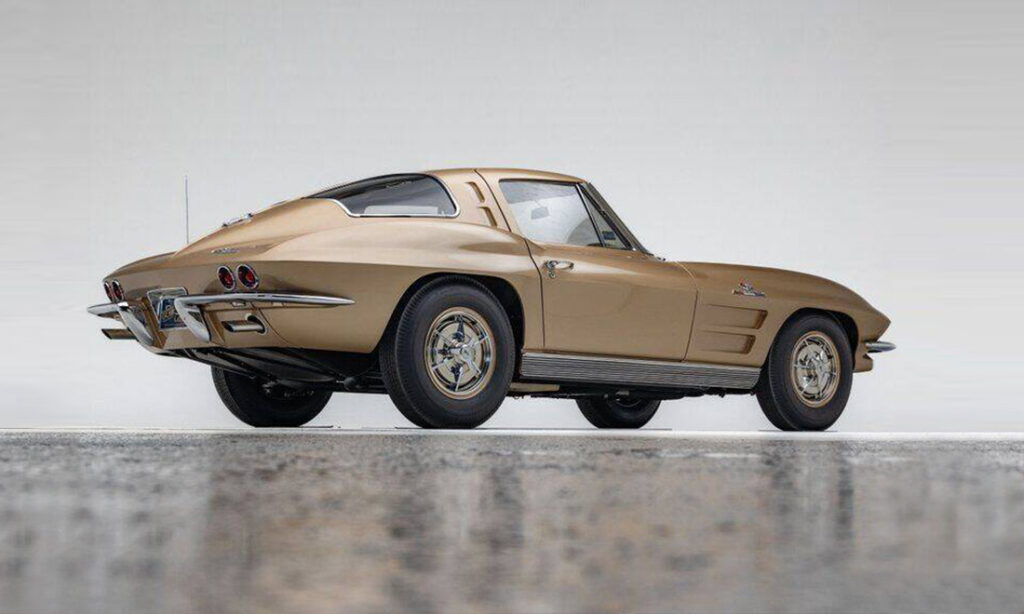The Lexus LFA may not be the most well-known supercar, but its style, tech, and roaring V10 made it one for the ages.
Earning Your Halo

The year was 2000, and Toyota/Lexus was on the hunt for a new car to help reassert the company’s sporting bona fides. The story of the LFA began in a barroom in Hokkaido where Lexus chief engineer Haruhiko Tanahashi was asked by his boss what kind of car he’d most like to build. Tanahashi’s response, a sports car. Surprisingly, Tanahashi was not only granted just such a project but tasked with building Lexus a proper halo car and given nearly unlimited resources to do it.

The resulting car, the Lexus LFA, didn’t set the automotive world ablaze when it was in production, from 2010 to 2012, but today, Lexus’s one and only supercar is finally getting the respect and attention it’s so long deserved. Meticulously engineered over a period of ten years, the LFA may not outrun a Porsche 911 or jangle the nerves like a Dodge Viper, but instead it delivers its own unique set of thrills and does so with a precision and refinement that have become hallmarks of the Lexus brand.
Initial Development

Lexus had proven its ability to produce something exceptional with the success of the original LS 400. That car was a shot across the bow for luxury sedan makers that Toyota could effectively leverage their engineering to whatever they set their mind to. The Lexus LFA was intended to do to the supercar set what the LS 400 had done to luxury sedans. Showcase Toyota’s abilities while further honing new technology and producing a flagship car for the Lexus brand.

Tanahashi was given leave to recruit the very best designers, builders, and engineers from across Toyota/Lexus for the project. In fact, the project manager happened to be the company’s baseball coach, owing to his skills at creating a cohesive team from so many disparate parts of the company. The endeavor was something rare in car making, a company’s best and brightest allowed to let their imaginations and intellects run wild.
Adding Lightness
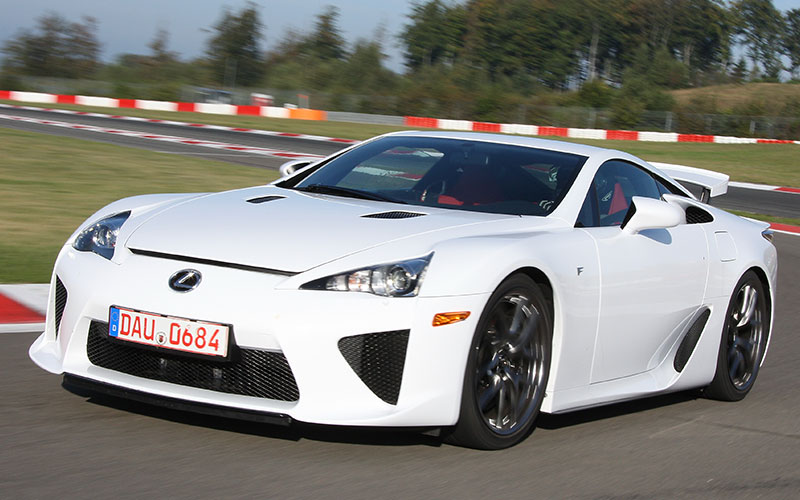
It took three years before the first Lexus LFA prototype saw the light of day and another year before testing began at the Nürburgring in Germany. It was here where the LFA’s suspension would first be honed. Though the car is famed for its V10 engine, the LFA was first and foremost a handling car. But the Ring times weren’t what engineers had hoped for. The chief culprit was weight.
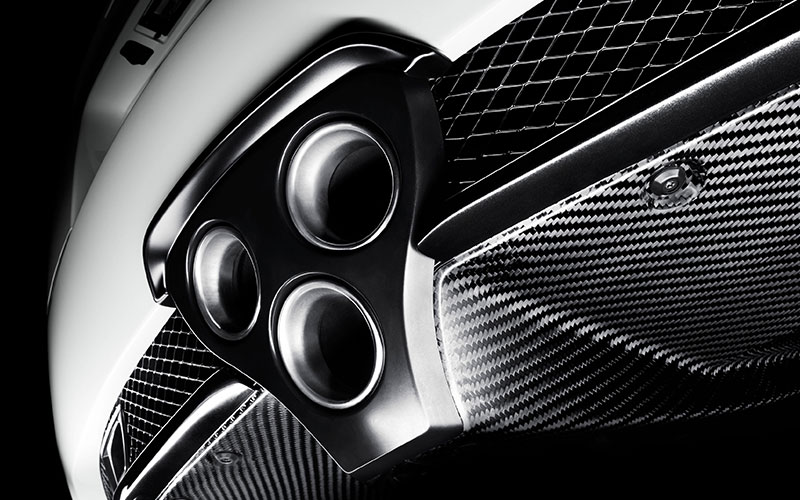
Though much of the car, including the frame and body were aluminum, the LFA still weighed around 3,500 lbs. Despite nearing the five-year mark in development, management decided to opt for carbon fiber to shed those pounds. The only wrinkle? Aside from racing applications, Toyota had never done carbon fiber at scale and certainly not in a production car. A development process that would typically take a decade, Lexus engineers come up their own carbon fiber weaving technology within a year’s time.
As a result, the LFA became 65 percent carbon fiber and 35 percent aluminum.
V10 Acoustics
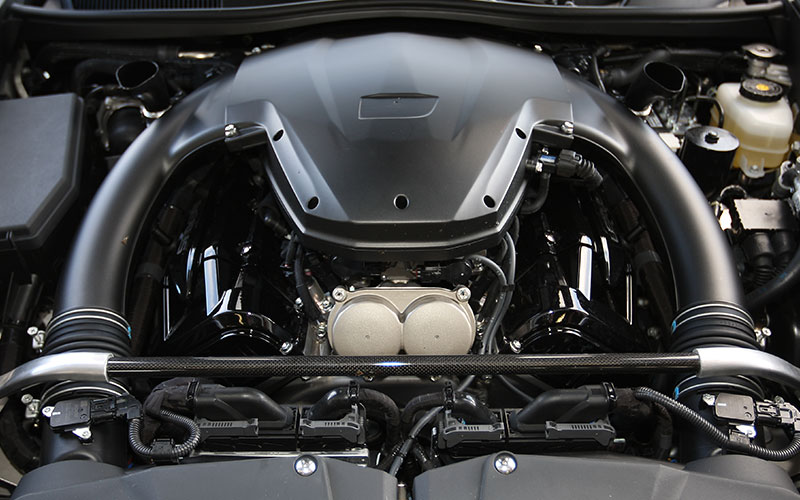
Of course, the LFA’s V10, derived from Toyota’s ill-fated F1 program, deserves special attention. It’s thanks to this engine and the surrounding design, that the LFA is often called the best sounding car ever made. Lofty praise indeed, but by no means hyperbole. Not only did the V10 have the advantage of being naturally aspirated (complete with independent throttle bodies), but it had some help from none other than Yamaha, maker of motorcycles and high-end musical instruments, to further refine the aural experience.
Yamaha was tasked with assembling and tuning the engine as well as tuning the “surge tank” intake manifold. The surge tank was designed to resonate at a pleasing 400 hertz, producing a rich, distinctive tone. That tone was then piped into the cabin with higher frequencies being sent to the dash while lower tones were sent to the footwells. The result is a three-dimensional sound field unlike any other car past or present.
The Ten-Year Project Car
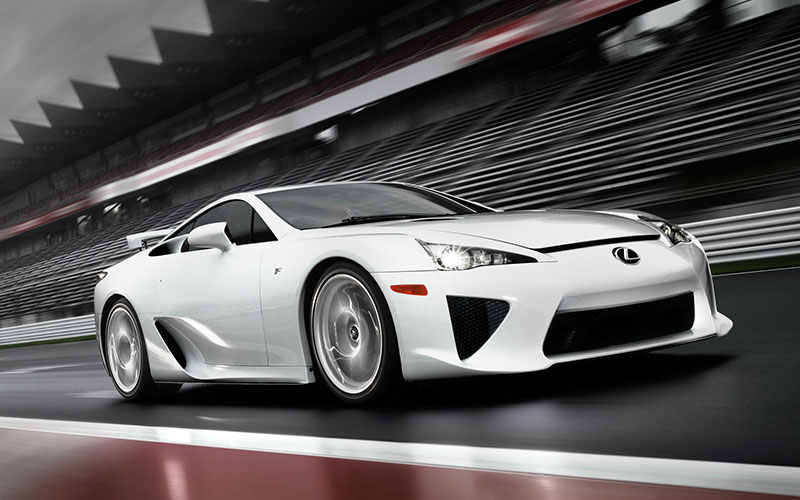
By 2009, the LFA prototype was ready for racing, taking part in races like the 24 Hours of Nürburgring where it was further honed. The following year, the first LFA came off the assembly line.
The final car was a marvel in person if not on paper. The 4.8L V10 made 553 horsepower and 354 lb.-ft. of torque and redlined at 9,000 rpm. Top speed clocked in at 202 mph and it made the run from zero to sixty mph in 3.6 seconds. Aside from the high reline, most of those numbers weren’t all that exceptional for 2009. But the driving experience of the LFA, which we’ll get to in a moment, proved that a driver’s experience can’t be boiled down to a few numbers on a spec sheet.
The Drive

By all accounts, the LFA surprises drivers with its very un-Lexus-like manner. Rather than an eminently manageable GT car, the LFA is a skittish beast. Inputs need to be toned down and carefully calibrated as everything from the throttle and brakes to steering are so razor sharp and immediate that delicacy is necessary just to maintain control. That finely honed suspension is also supercar levels of unforgiving rather than the cushioned ride of a typical Lexus or even the refined balance between handling and comfort achieved by the LC 500.
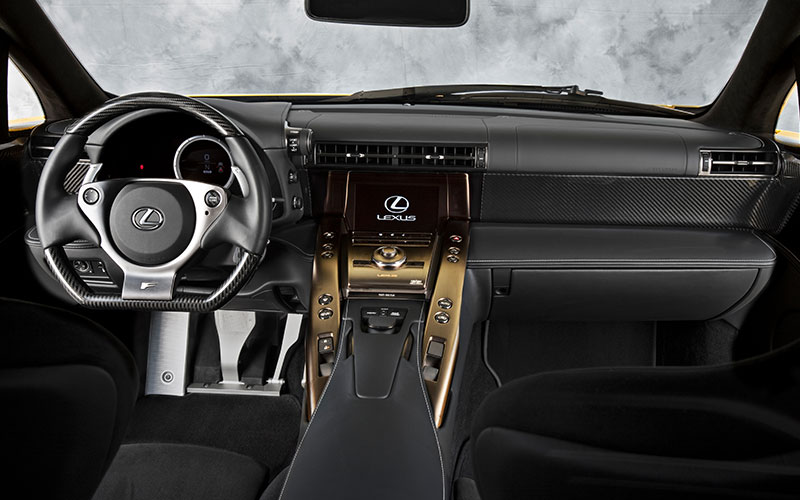
The LFA runs a single clutch gearbox rather than a dual clutch (then still new technology) and as a result, the paddle shifters provide a racecar-like jolt. (The transaxle’s location right behind the seats also gives a satisfying ca-chunk with each shift.) The V10 is a wild animal. It’s powerful and preternaturally responsive, and the car feels every bit as good as it sounds.
The Lexus LFA’s Enduring Legacy
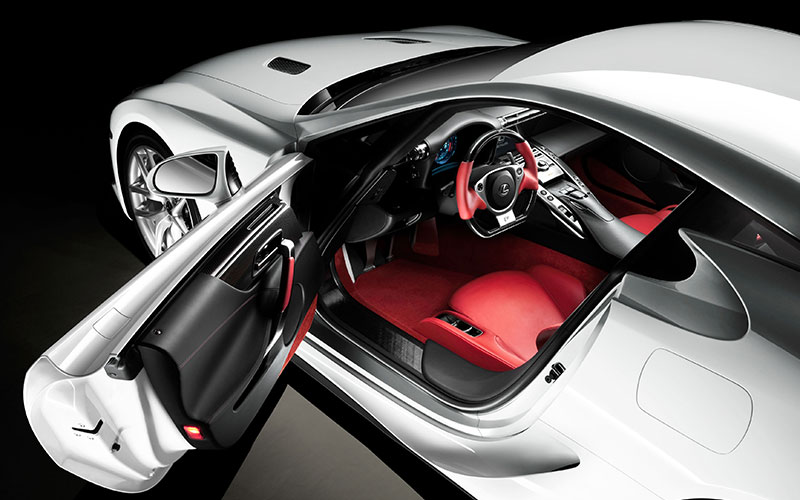
The Lexus LFA was only produced from 2009 through 2012, with a scant 500 units built. With over a billion dollars spent on its ten years of development, the car was a money loser on paper. But, like most halo cars, the LFA was an opportunity to germinate and hone new designs and technologies for the company. In the end, the LFA’s DNA can be seen across the current Lexus lineup from interior design to underpinnings. Perhaps the greatest resemblance can be seen in Lexus’ LC 500.
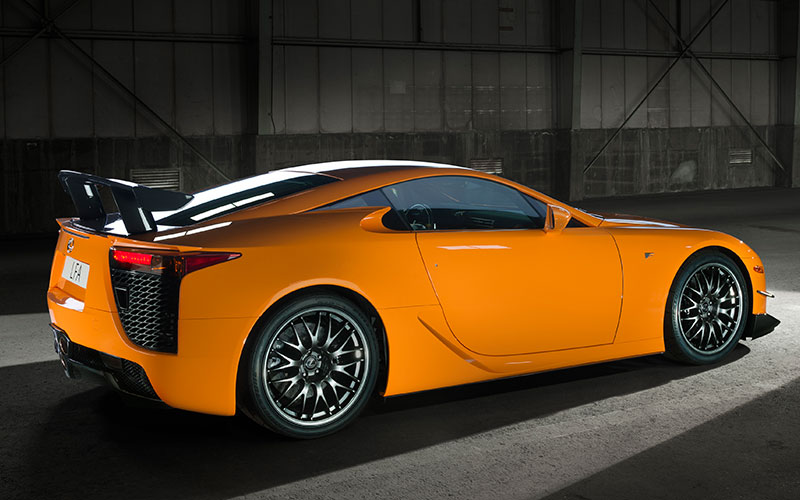
The looks, the tech, the sound of the LC 500 all own their roots to the LFA. But the LFA’s most significant contribution was the fully integrated driving experience. No, the LC 500 isn’t the fastest or sharpest in its class. Like the LFA before it, the LC 500 it distinguishes itself by its sound, its looks, its level of control and engagement. The automotive experience of the LFA, and its inheritor the LC 500, are quite literally transcendent. That’s not something you can say about most cars, and it’s even rarer for a company to successfully replicate.


